Four exercises that will make running feel easier if you're a complete beginner
Going for a run can sometimes feel like a hard slog, particularly when you’re a beginner, but these four exercises will make it slightly easier
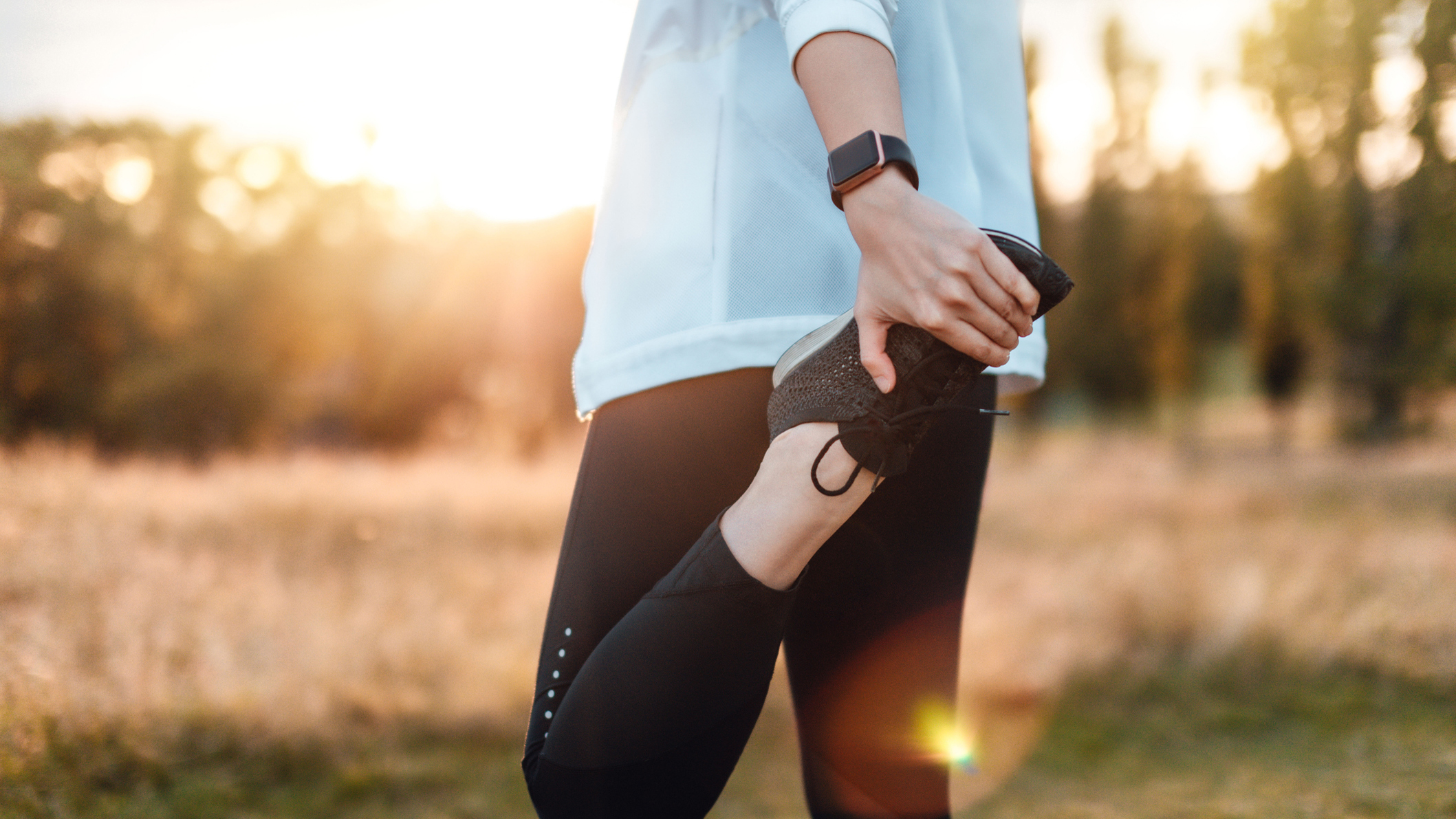

If you're starting a new running regime, it's important to strengthen your calves, hamstrings, quadriceps and glutes.
These legs muscles work together to provide the power, stability and speed you need for sprints and steady jogs. Strengthening them will not only make your runs more efficient, it will also lower risk of injury.
We spoke to Luke Zocchi, head trainer on the Centr fitness app, to get his tips on leg exercises for new runners. Here are the four moves he recommends for building strength in your lower body.
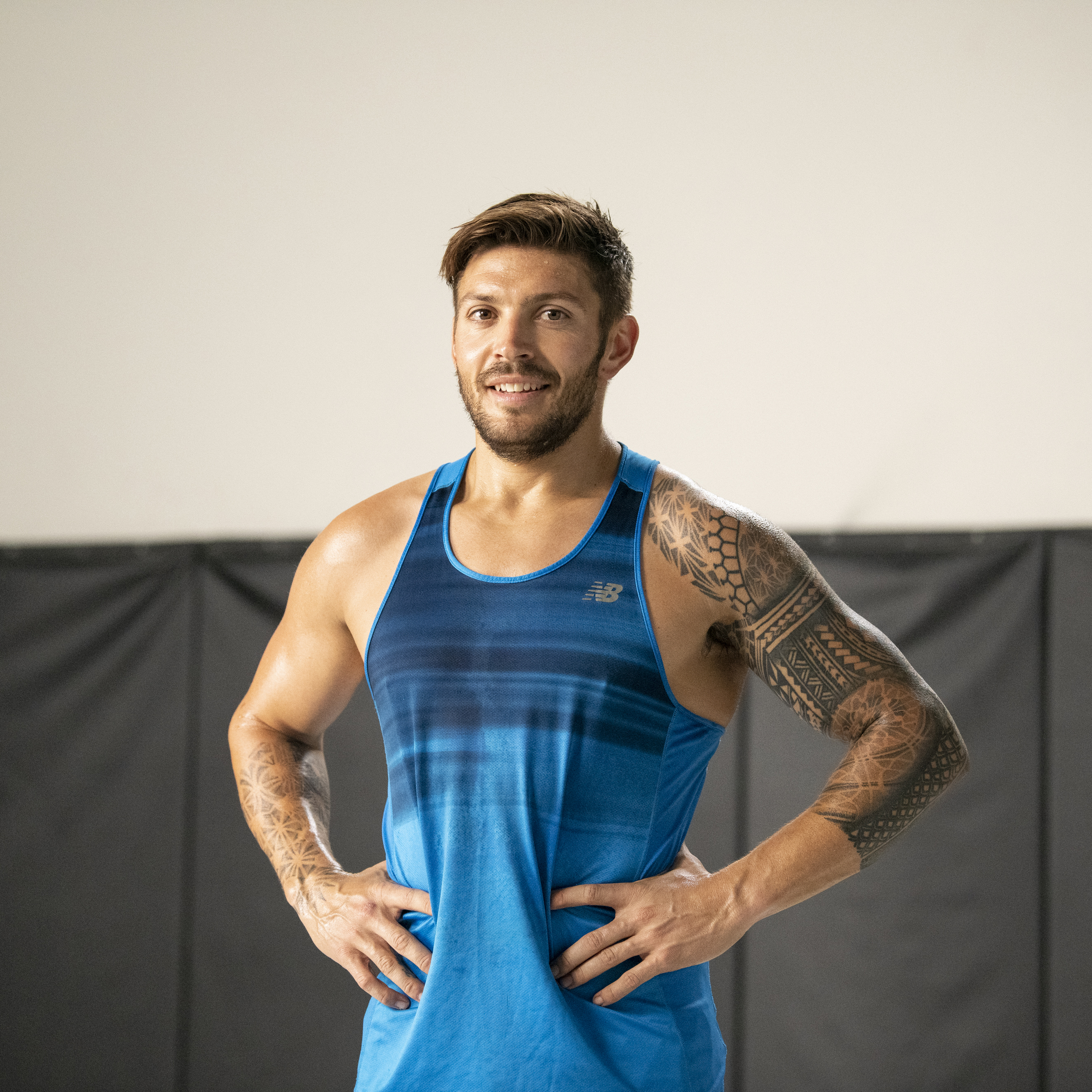
Zocchi is a certified personal trainer and the head trainer for the fitness app Centr. He is the personal trainer of the actor Chris Hemsworth and has worked with a range of A-list clients. He is also the creator of fitness program Twenty40 and the author of The A-List Diet and Fitness Plan.
Exercises for beginner runners
1. Calf raises
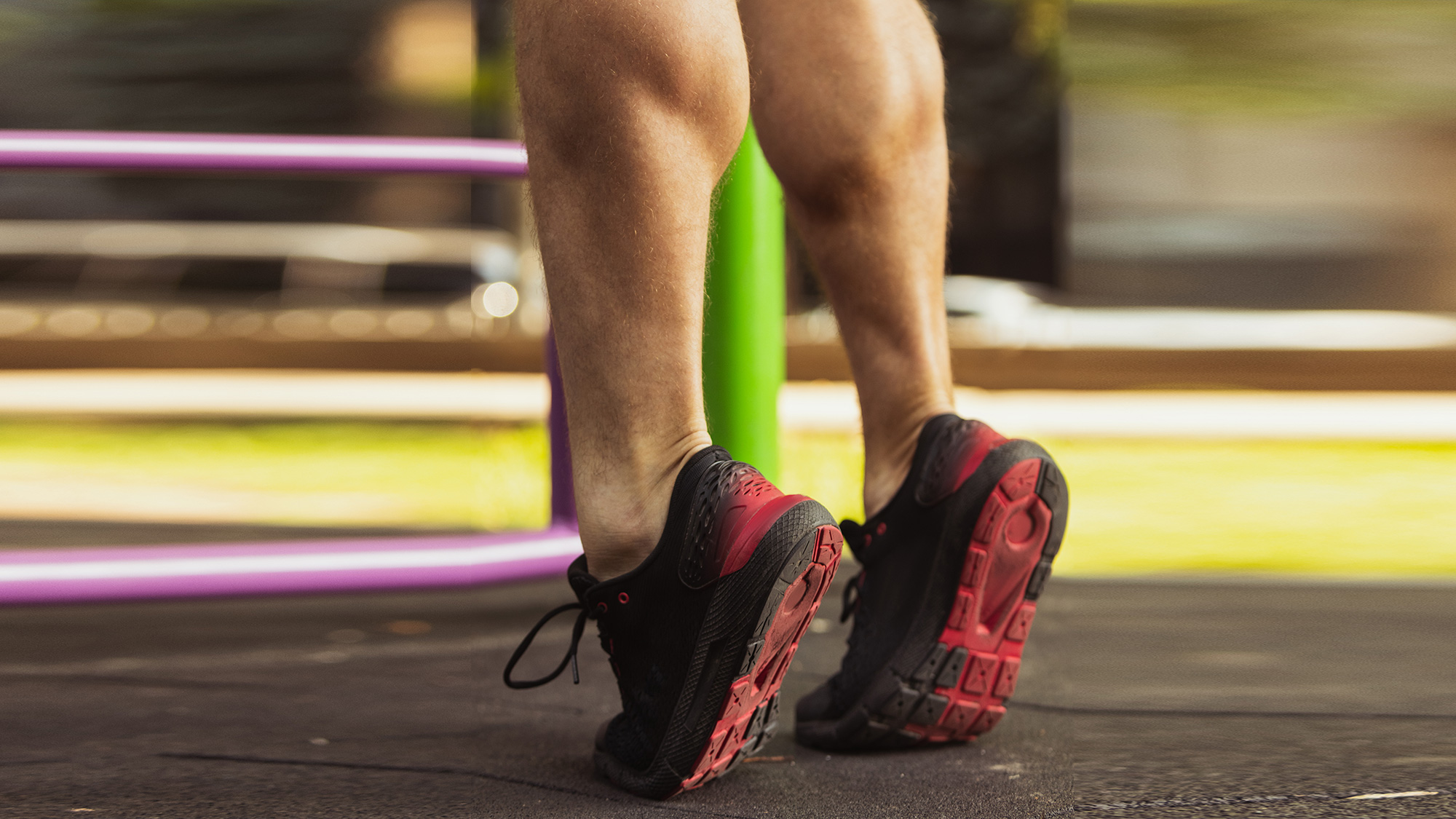
Reps: 12 Sets: 3 Rest: 60 seconds between sets
Stand on a low object, like a curb or low bench, and lift your bodyweight up onto the balls of your foot. Squeeze your calf muscle at the top of the movement and hold for a second before lowering slowly to the ground
Muscles worked
Found at the back of your lower leg, the calf muscles help to push you off the ground and propel you forward during a run. Doing calf raises is a simple-but-effective way to build these muscles to support speed and strength.
Get the Fit&Well Newsletter
Start your week with achievable workout ideas, health tips and wellbeing advice in your inbox.
2. Romanian deadlift
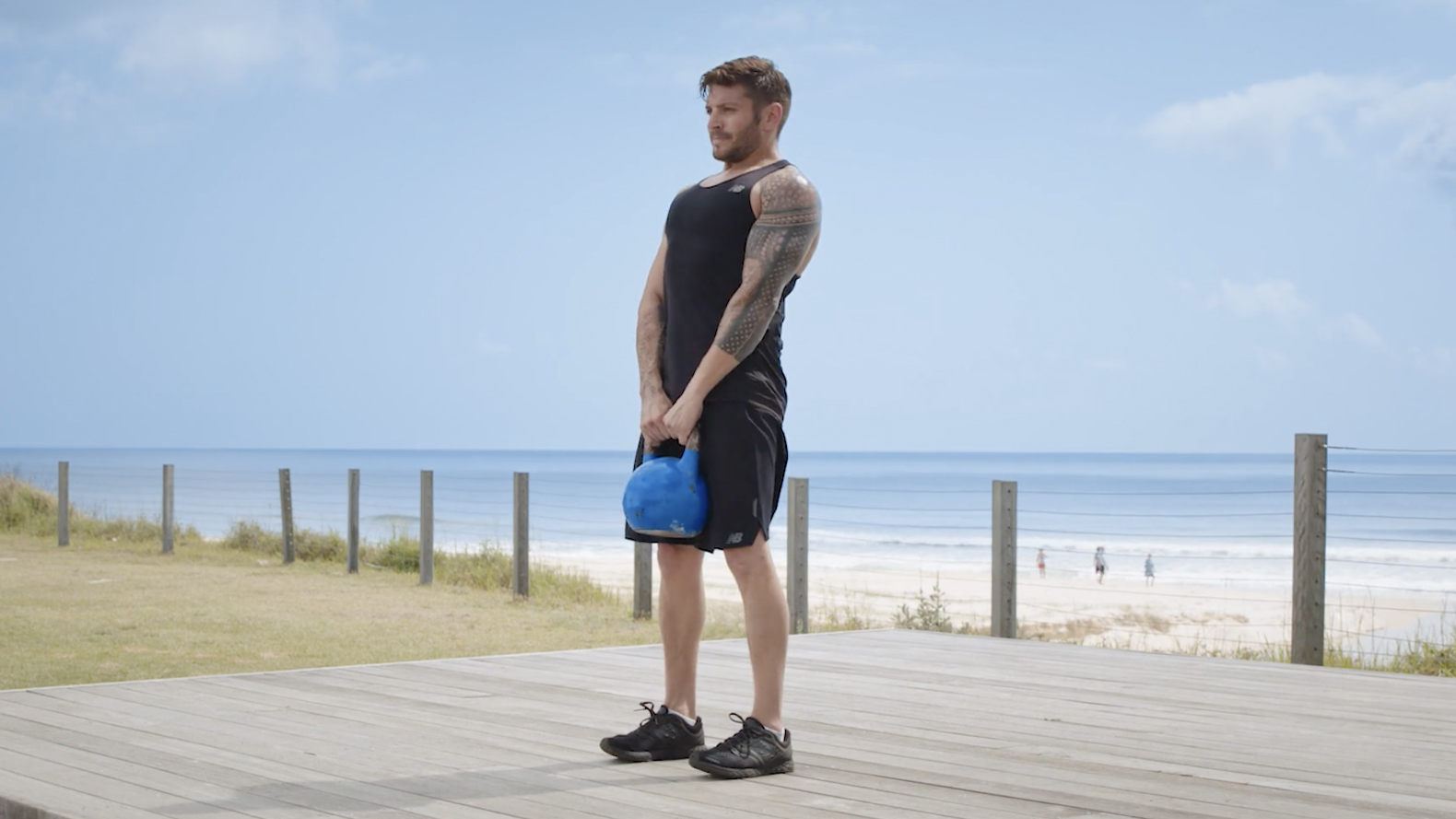
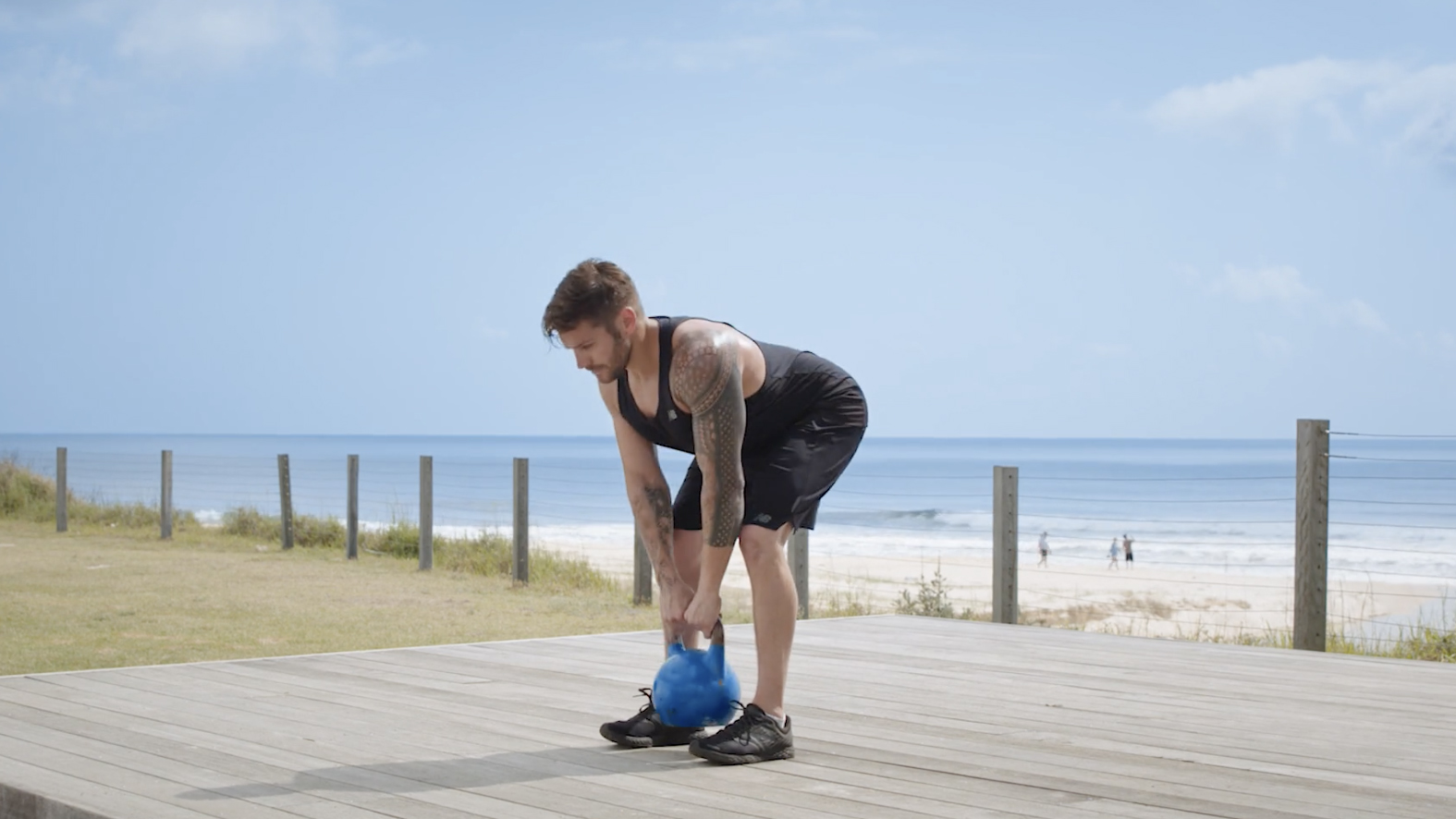
Reps: 10 Sets: 3 Rest: 60-90 seconds between sets
Stand up straight holding a dumbbell, kettlebell or barbell in front of your thighs. Keeping the weight close to your body, hinge at the hips and lower the weight towards the floor. Once the weight is below your knees, push through the heels to come back up, sending your hips forward.
Muscles worked
This move will strengthen your glutes (also known as your buttocks) and your hamstrings, which are found at the back of your legs. These muscles work together to bend your legs behind your body as you run.
It's important to execute this move with perfect form if you want to target these muscles. Start with a light weight and don't increase the load until you're confident you have nailed the technique.
3. Goblet squats
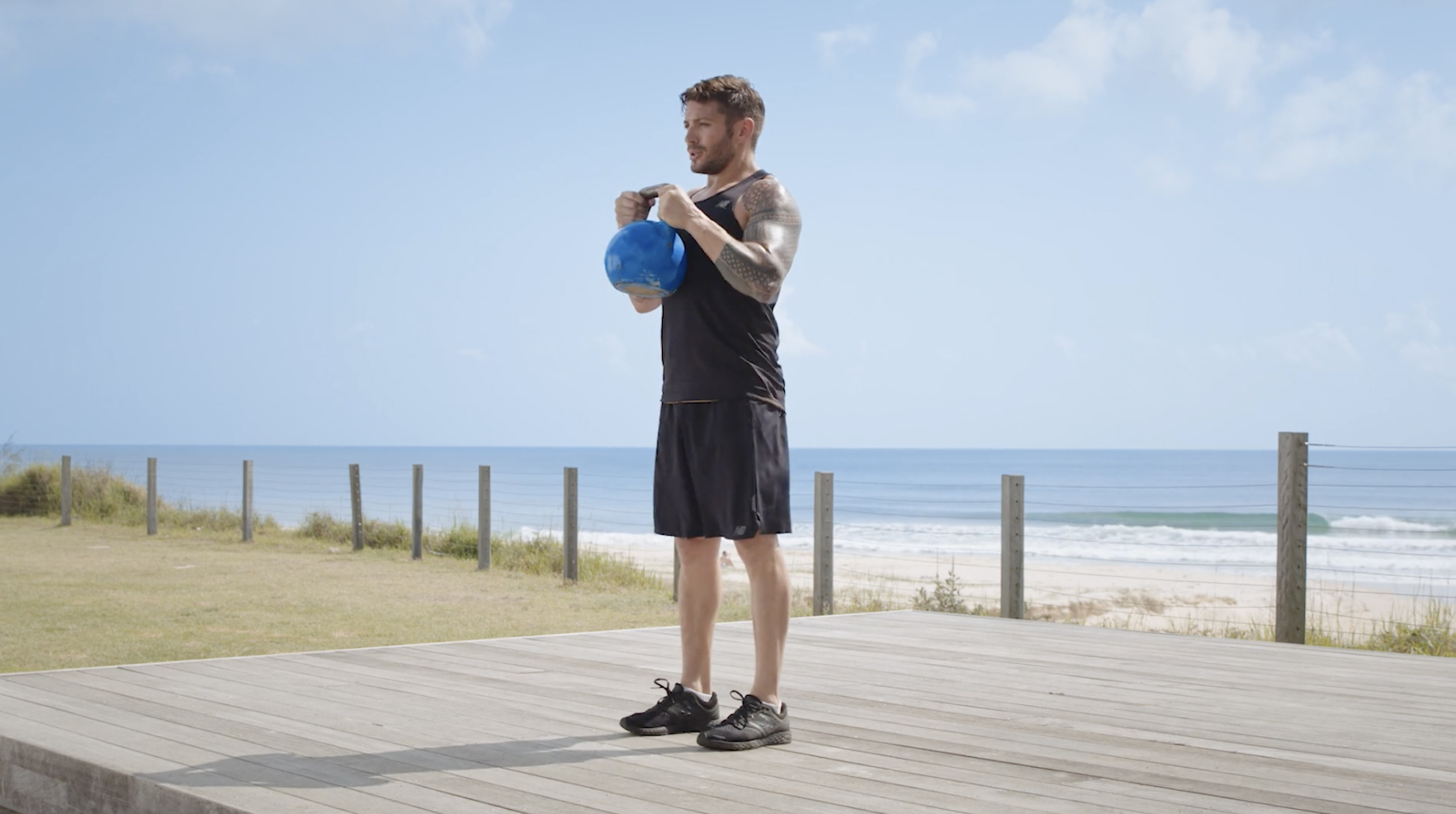
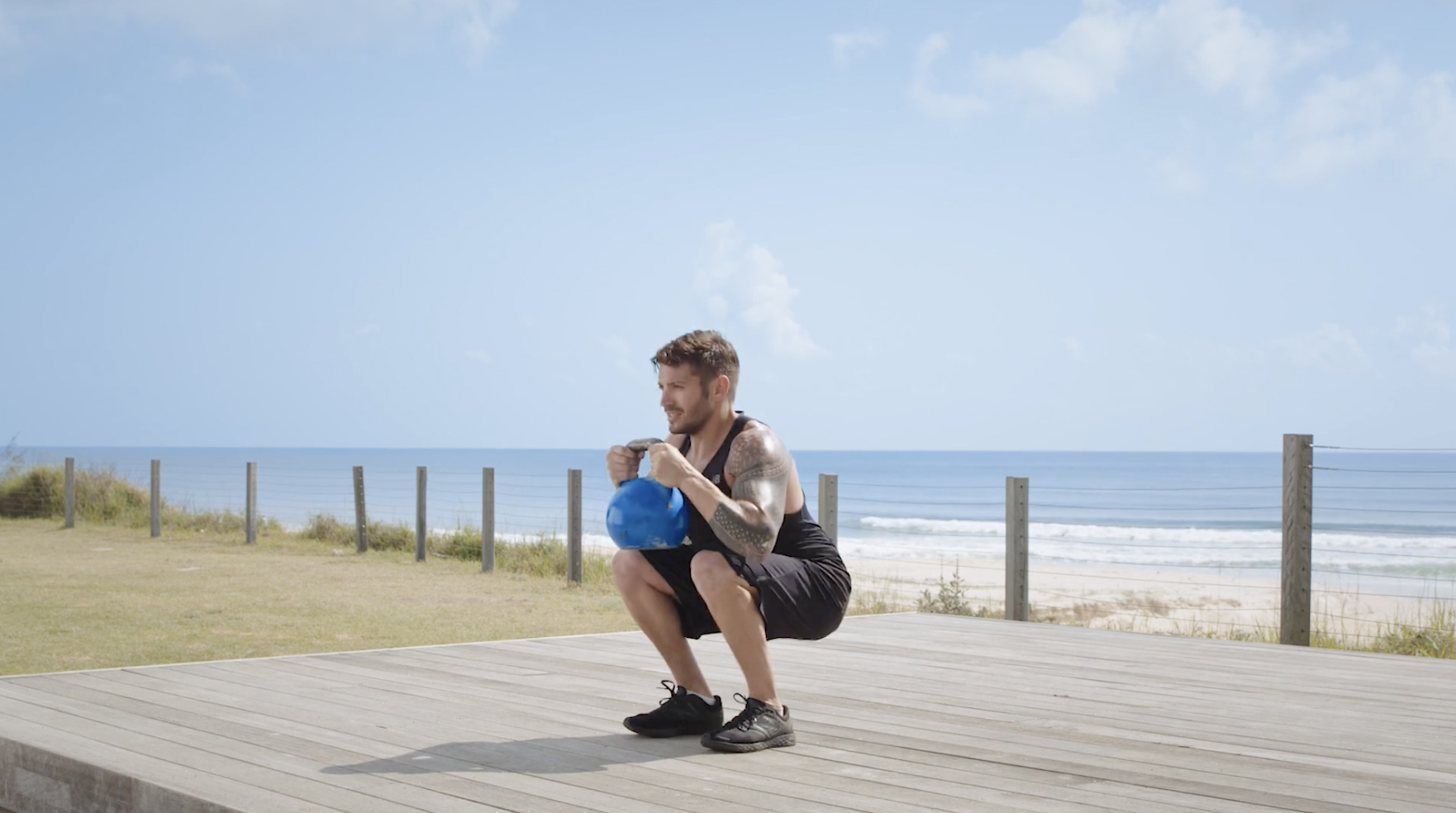
Reps: 10 Sets: 3 Rest: 60-90 seconds between sets
Stand with feet shoulder-width apart, holding a weight at chest height. Keep your core engaged, bend your knees and squat down towards the ground, making sure your knees stay wide. After you reach your lowest possible position, push through your heels to come back up.
Muscles worked
Goblet squats work your quadriceps (quads), a group of four muscles found at the front of your thigh. These muscles create a counter-force that helps you brake or slow down when running down hill.
4. Glute bridges
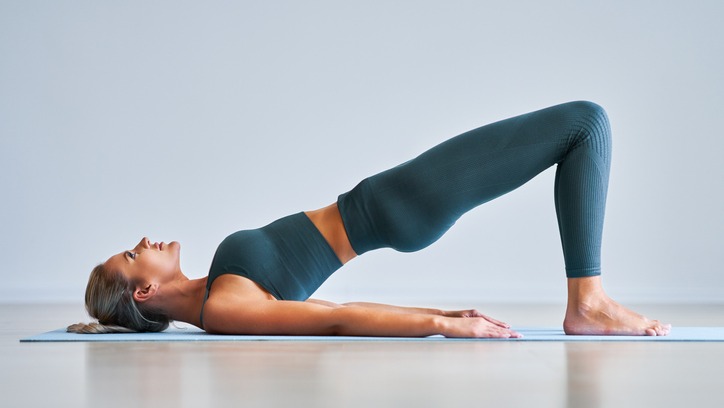
Reps: 15 Sets: 3 Rest: 60 seconds between sets
Lie flat on the ground with knees bent and feet flat on the floor. Push through your heels and bring your hips up in-line with your knees. Your body should form a straight line on a 45-degree angle to the floor. Squeeze your glutes at the top of the movement then slowly lower back down to starting position. If this move feels too easy, try doing it with one leg off the floor.
Muscles worked
Bridges are another great exercise to build the glutes, but they also fire up your core muscles. Strengthening your core can improve your running economy, as these muscles are responsible for the transfer of power between your upper and lower body.
Further tips
Try these exercises once a week to begin with, before gradually increasing to three times a week. Steadily increase your sets, repetitions and weights to allow the body to adapt.
Remember that developing your leg muscles won't improve your aerobic or cardio fitness, which is how efficiently your heart and lungs transport oxygen round the body. To improve this, you'll need to gradually build up the length and intensity of your runs.
Improving your cardio fitness will help you feel less out of breath during a run, but strengthening your legs will make running feel easier too, especially when heading uphill or picking up the pace. Doing this in conjunction with an appropriate running plan for beginners will help to improve your performance and overall fitness.
Looking for new running recommendations? Have a look through our guides to the best running shoes for men and women
Lily Canter is a freelance money, health and lifestyle journalist with more than 20 years' experience. She writes about fitness for Runner's World and Trail Running magazines and focuses on personal finance for Yahoo! Finance UK, Metro, The Guardian, and the Mail on Sunday. In her spare time she is an ultra-runner, canicrosser and running coach. She also co-hosts the award-winning podcast Freelancing for Journalists.
-
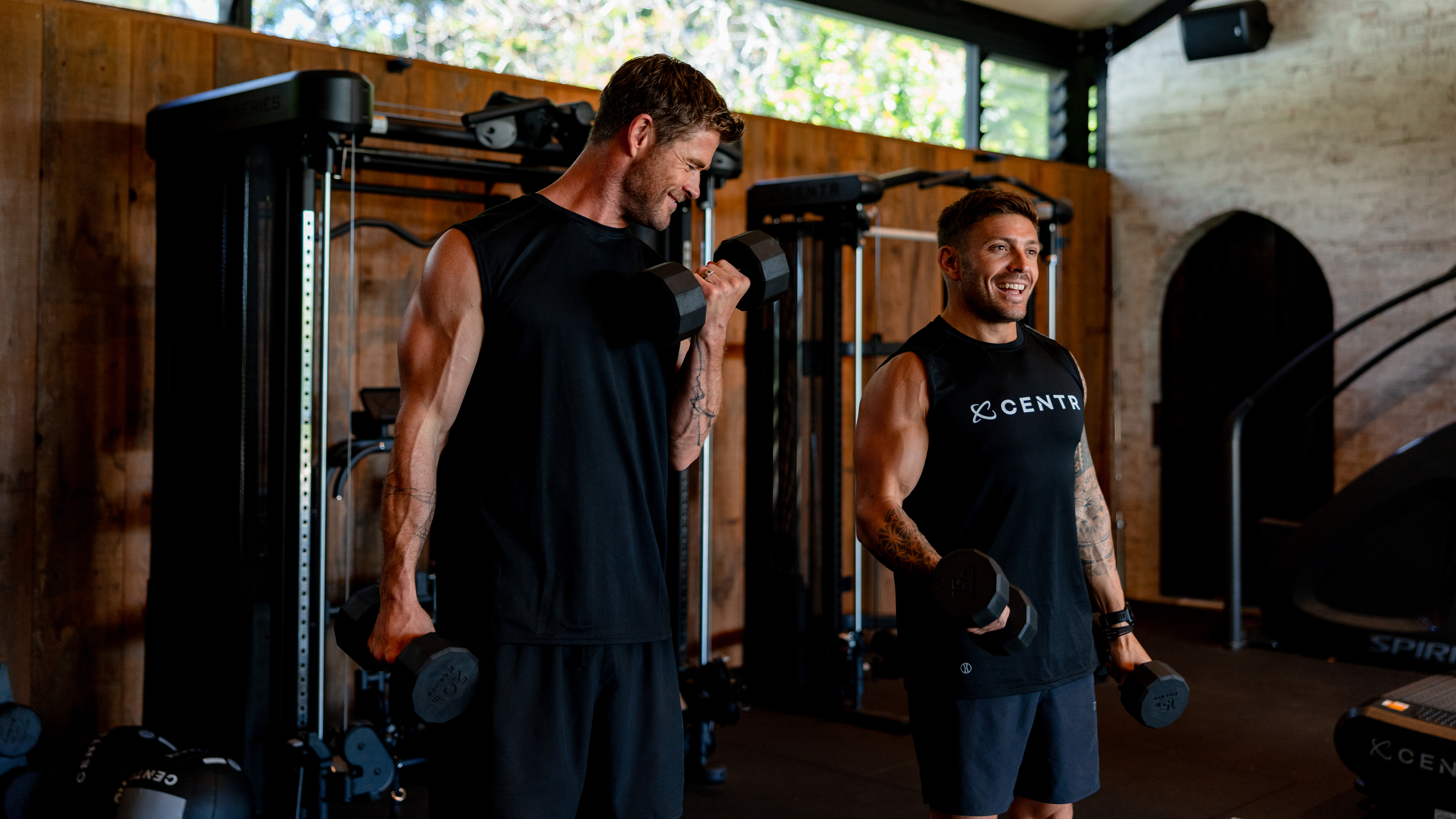 Build blockbuster arms and abs with Chris Hemsworth's go-to dumbbell circuit
Build blockbuster arms and abs with Chris Hemsworth's go-to dumbbell circuitAll you need are adjustable dumbbells and 20 minutes
By Sam Rider Published
-
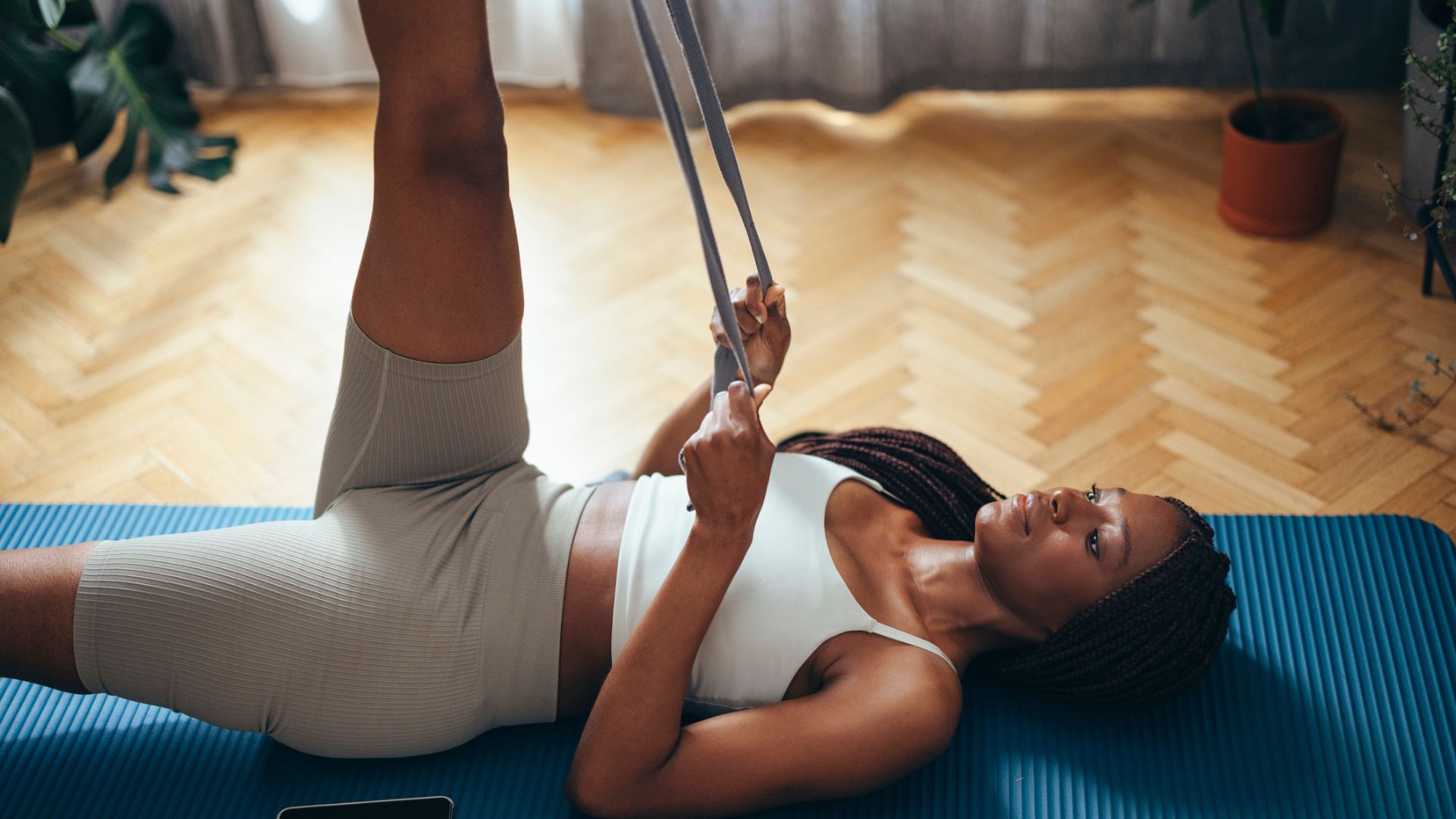 Forget crunches—if I wanted to improve core strength I'd do this neck-friendly Pilates workout
Forget crunches—if I wanted to improve core strength I'd do this neck-friendly Pilates workoutAnd it takes just five minutes
By Maddy Biddulph Published